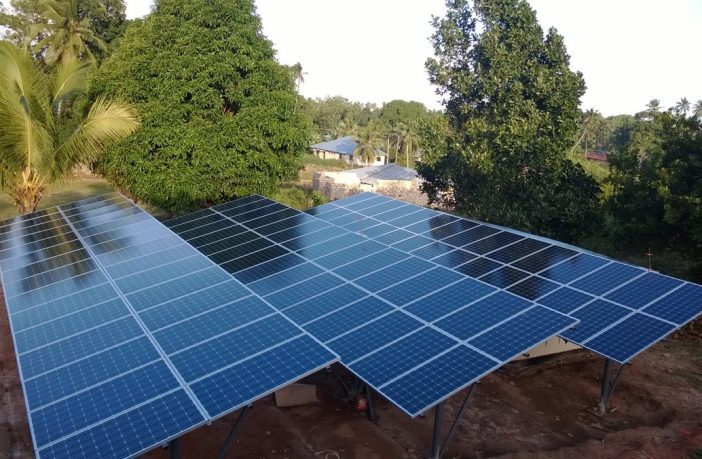- CrossBoundary’s Mini-Grid Innovation Lab estimates that mini-grids are the cheapest way to deliver power to at least 100 million Africans.
- They have determined that the electricity tariff (price) is one of the major drivers of the mini-grid business model, for both the mini-grid operator and the customer.
- To help mini-grid developers get this decision right, the Innovation Lab is running a Tariff prototype to test the impact of reducing the tariff on the mini-grid business model.
Investment firm CrossBoundary, in partnership with The Rockefeller Foundation launched the Mini-Grid Innovation Lab, in Nairobi, Kenya back in April 2018. The lab is the first research and development fund for sub-Saharan Africa that focuses exclusively on testing business model innovations in the minigrid sector.
In a study conducted with Energy4Impact entitled Innovation Insight: The Price Elasticity of Power they determine that the electricity tariff (price) is one of the major drivers of the mini-grid business model, for both the mini-grid operator and the customer.
Rural mini-grid customers typically pay much higher electricity tariffs (price), and consume much less energy, than rural main grid customers. The study reveals setting the right tariff is an important business model decision for a mini-grid developer. It is a delicate balance between customer needs, developer economics, and the requirements of the regulator.
In May and June of 2018, the Innovation Lab supported two mini-grid developers in Tanzania to significantly reduce their cost-reflective tariffs on two small, rural sites – by 50% on one site and 75% on the other. Customers reacted immediately. For every dollar they saved on price, they spent $0.93 on increasing their energy consumption. Therefore, despite massive price reductions, developers saw revenues fall by only 7%.
They made two significant observations from this initial data:
- Reducing tariffs has an immediate and strong effect on rural customers’ use of energy. Rural customers are budget constrained.
- Mini-grid developers may be able to charge lower tariffs and achieve the same or similar revenue.
The study notes that the additional consumption is not free. It requires investment in generation and storage, which means added costs to serve the increased demand.
A tariff that is too low could be below the levelized cost of energy of the system. They therefore don’t know how lowering tariffs impacts the business model until we have a complete picture of the associated costs. The Lab will present this analysis in the next release of this paper. While the initial results are promising, neither developer could have reduced their tariffs without funding support from the Lab in the form of a tariff subsidy.
Author: Bryan Groenendaal















